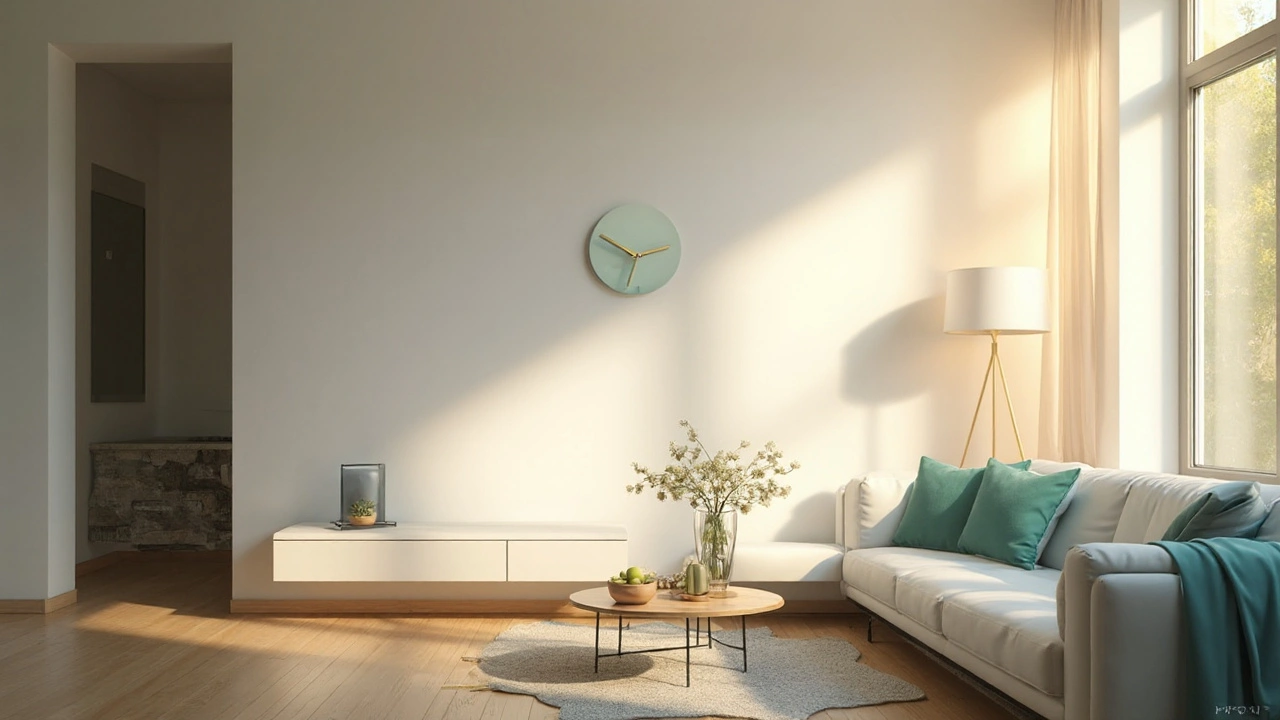Camera Integration: How to Add Security Cameras to Your Smart Home
Thinking about adding cameras to your house? You don’t need a tech degree to make it work. With a few smart choices you can hide wires, keep the footage safe, and still look good. Below are the basics you need before you buy any equipment.
Plan the layout before you mount anything
Start by walking through each room and marking where you want a view. Front doors, driveways, and stairways are the must‑have spots. Draft a quick sketch—just a rectangle with X’s where cameras will go. Look for power outlets and Wi‑Fi hotspots nearby. If a spot has weak signal, plan to add a range extender or choose a wired model.
Ask yourself: do I need a camera that records continuously or just when motion is detected? Continuous recording uses more bandwidth, so you might prefer a motion‑triggered unit for outdoor areas. Also decide if you want indoor cameras with a wide‑angle lens or a narrow‑focus dome for doors.
Wiring, power, and Wi‑Fi tips
Most indoor cameras run on USB or a simple power‑adapter. For a clean look, run the cable through baseboards or behind drywall. If you’re comfortable with a drill, use a small‑diameter conduit to pull the wire to the nearest outlet. Outdoor units usually need weather‑proof power. A PoE (Power over Ethernet) switch can feed both data and electricity through a single cable, cutting down on clutter.
Wi‑Fi is the biggest headache for many homeowners. Use a 2.4 GHz band for better range, but keep the camera close to the router to avoid drop‑outs. If your router is on the opposite side of the house, a mesh node near the camera will solve most problems. Test the signal with a phone before final mounting.
Don’t forget to secure the feed. Most modern cameras encrypt video with AES‑256, but you still need a strong, unique password for the app. Turn on two‑factor authentication if the brand offers it. This keeps hackers from stealing your footage.
Now that the technical side is sorted, think about aesthetics. Cameras come in many shapes—some look like smoke detectors, others hide in plant pots. Choose a style that blends with your décor, and use paint‑matched brackets if needed.
Finally, check local regulations. Some cities require you to post a notice if cameras record public space, and others forbid audio recording without consent. A quick Google search for "camera laws" plus your city name will save you from costly fines.
With the layout mapped, power sorted, Wi‑Fi optimized, and privacy protected, you’re ready to install. Snap the cameras in place, connect the app, and you’ll have a live view of your home on your phone. It’s that simple—no professional installer required, and you keep control over every detail.
Enjoy the peace of mind that comes with a well‑integrated camera system. Your home stays safe, and you keep the tech looking sleek. If you ever need to expand, just repeat the same steps for new zones; the system scales without a headache.

Do Smart Homes Have Cameras? Everything You Need to Know
Explore how cameras are built into smart homes, the types available, privacy risks, and how to integrate them safely for modern home security.
view more